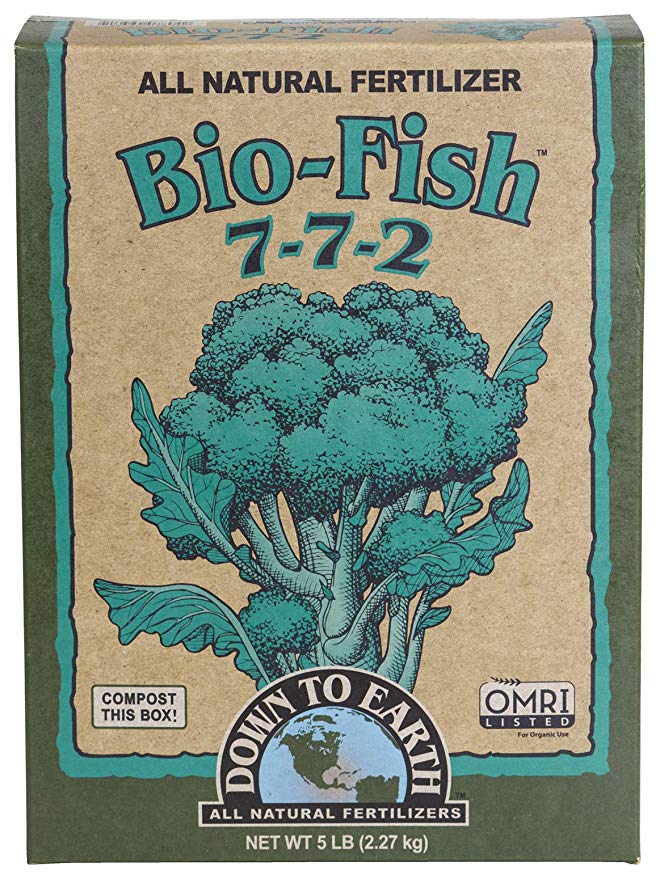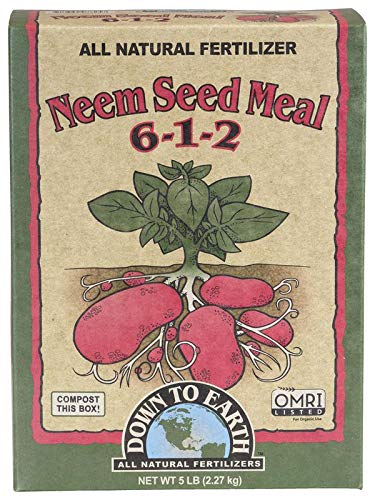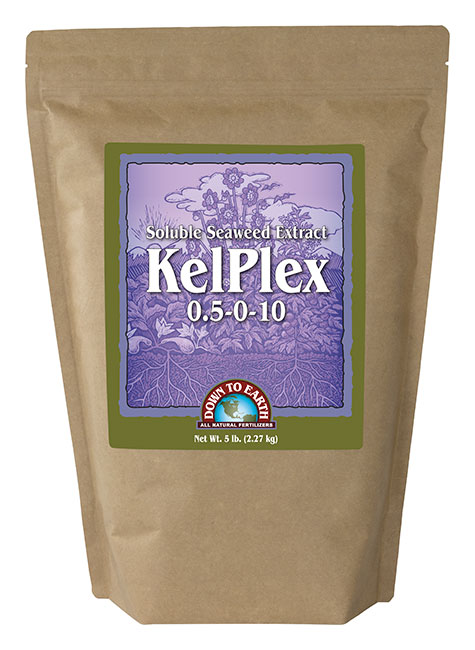Please note: This post may contain affiliate links, which means that if you click on one of the product links and purchase products, we will receive a small commission at no extra cost to you. It takes a lot of time to write these posts, so we appreciate your support and hope you enjoy any products you purchase!
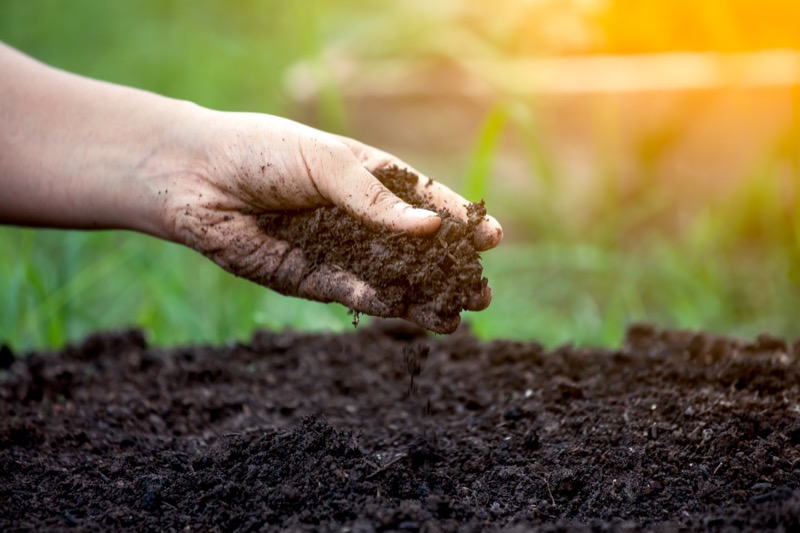
Beginning with Soil
We are so excited to start here with our very first post on soil – we truly hope to influence some of your choices with this post – it comes from both our hearts and minds. Soil is the basis of gardening and an understanding of how soil works will bring success to any gardener, new or experienced.
Our aspiration is that this post helps you to better understand soil and why we feel so strongly about organic gardening. We hope to share with you the wonders of soil so you can learn to take exceptional care of yours to be a more successful gardener and ultimately, shift the mindset away from the “instant gratification” but also the destruction of chemical, pesticide, and herbicide use. We also want you will be able to confidently tackle soil whether you are growing in a container, raised bed or in ground.
Soil is sacred in our books! It sustains plant life, and therefore essentially all life. In organic gardening we are not feeding the plants, we are feeding the soil. This is the biggest shift in soil thinking, so let it sink in! Great soil is diverse – rich in bacteria, fungi, beneficial nematodes, protozoa, arthropods, and earthworms. Up to 10 billion bacterial cells inhabit each gram of soil (less than 1 tsp) in and around plant roots. Soils are home to over a quarter of all living species on earth. This rich soil life is what we are supporting by feeding the soil, then they, in turn, feed the plants.
Firstly though, a word about synthetic fertilizers.
Beginning with Soil
This explanation on the synthetic fertilizer is our interpretation from a video by Geoff Lawton, a permaculture teacher.
The main elements of synthetic fertilizer are N-P-K, and some may have a few trace elements.
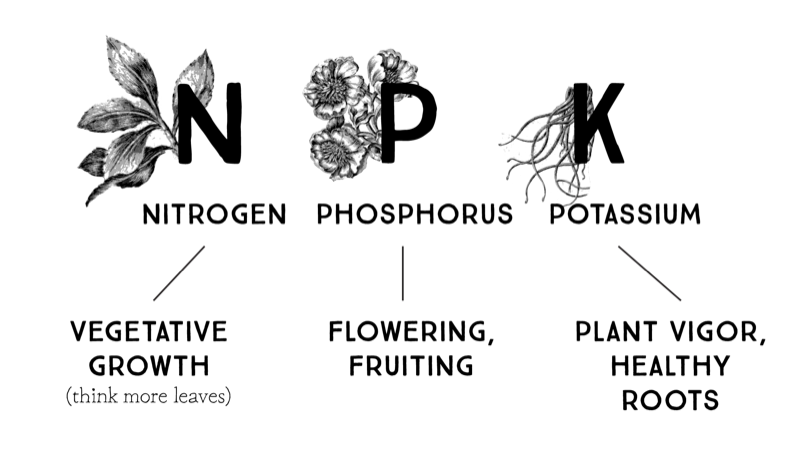
At its simplest, Nitrogen supports vegetative growth. Phosphorus supports flower and fruiting and potassium establishes plant vigor and healthy root systems.
Feeding plants synthetic fertilizer is equivalent to making them drug addicts because they become solely dependent on that fertilizer (and your constant application of it) to grow instead of receiving what they need from the soil. Nitrogen is not stable and to make it stable in a fertilizer, it is bound into a cadmium salt. Arizona water and soil is ALREADY full of salt because we receive so little rain. Adding salt is bad enough, but cadmium is also a carcinogen.
Synthetic fertilizer is water soluble and must be watered into the ground. Plants take up water and, in the process, take up this synthetic nitrogen. This will cause quick vegetative growth and deceptively leads us to believe the plants are thriving. However, because a salt was forced into the plants, more water is needed to compensate, which leads to the plants becoming “bloated.” The plant hair root function starts to shut down little by little. Nitrogen levels in the plants are very high, and certain bugs like aphids and thrips are attracted to this high nitrogen. This is not dissimilar to us showing symptoms of illness and disease when we do not get the correct nutrition.
To save the plant, pesticides are applied. These kill not only the unwanted pests but also the beneficial pollinators and any diversity left in the soil. These bloated and diseased plants are now also more susceptible to fungal issues. Fungicide is then applied. Again this ends up in the soil and starts to kill off the soil fungi.
Life in the soil is dying and the very structure of the soil – the crumb – is compacted until it can no longer hold air or water. For continued growth, the plants will need more synthetic fertilizer, addicted to the drugs.
Mother nature is genius and perfectly designed. The response to damaged soils is a reparative function: weeds! Weeds send out tap roots to repair the compacted salt-laden soils, draw up nutrients deep in the earth, and they also hold top soils together. This time a chemical herbicide is applied…
Now onto something more uplifting!
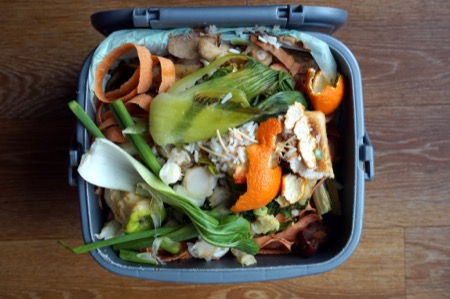
BEFORE WE LOOK AT HOW TO WORK WITH SOILDS IN YOUR GARDEN
WE WANT YOU TO GET EXCITED ABOUT ALL THE GREAT ORGANIC AMENDMENTS YOU CAN ADD TO YOUR GARDEN
Starting in the kitchen, save all your veggie scraps for the garden! Banana peels, organic vegetable and fruit scraps, milk, molasses, used coffee grounds, fish heads, kombucha scobies, water kefir grains, ground up eggshells, and used tea bags are all great additions to the garden and helps keep waste out of the landfills. They can be added to the bottom of planting holes and raised beds, or in already established plants, tuck them under the mulch. You can also start a compost pile. Do not add any fats and oils or meat products. Used coffee grounds have a neutral pH and do not affect the pH of the soil, but it does add a tiny amount of nitrogen and helps with soil texture. The earthworms love it!
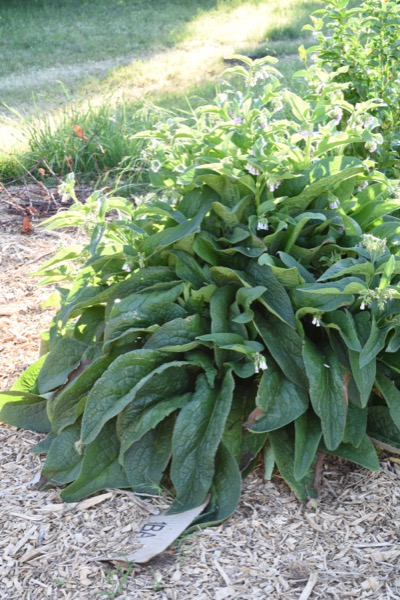
Additionally, you can grow green manures in empty or temporarily unused areas of your yard like vetches, clovers and cover pea crops. Add nettles, comfrey, and moringa. If you are fortunate enough to have chickens, well-aged chicken manure is a superior addition.
If you do not have chickens, seek out neighbors with chickens, ducks goats, llamas, and rabbits and offer to help them with clean up and take all that back to your garden. While chicken manure is referred to as very hot manure, meaning it could burn the tender roots of plants and needs to be aged/broken down, goat, llama and rabbit manures are cold and can be used directly in your soil.
Whether you are growing in ground, using containers, or working with raised beds, as a desert gardener, you will need to add new soil to your garden. This is a good time to remind you that we are feeding the soil and not the plants.
In order for plants to take up any nutrients in the organic garden, nutrients have to be processed by the soil life first, making it available to the plants. New soil needs time to establish the soil biome and part of that process is the breakdown of the carbon. During this process, much of the nitrogen is used up and is not available to plants. So your newly planted garden will be starving, not getting any nitrogen and therefore not growing.
How to build up new soil
Always add some established soil to new planting areas and pots. This will add in microbes and help get the microbiome established in your soil. If you are just starting out, ask a generous gardener to share some of their soil with you, provided they do not have any disease issues. Plan on an additional nitrogen source.
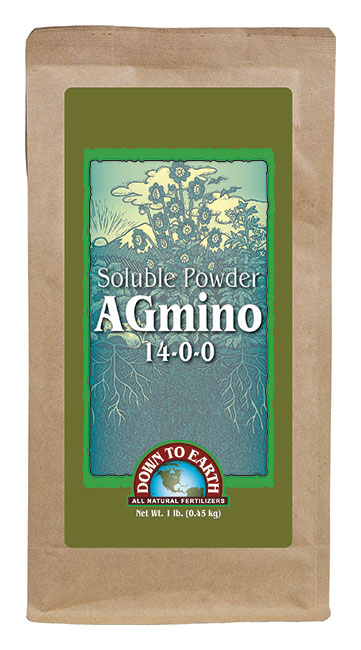
N
We love Down to Earth Agmino. It is plant based and high in nitrogen that is immediately available. A little goes a long way, so follow the package instructions closely.
N, P
We also like to add Down To Earth Biofish which adds a good source of nitrogen and phosphorus. Down To Earth Acid mix is another amendment that can be added. While this is mostly used for fruits and veggies that require a higher soil pH (more acidic), our native Arizona soil and our water are very alkaline and Acid Mix balances things out.
Slow release N
Neem meal is an absolute favorite option too. It is a good source of slow release nitrogen, and it wards off certain nematodes, pests, and diseases.
Worms, Bacteria, Fungi
Worm castings are always a great addition, especially if you do not have earthworms in your soil yet. Worm castings not only provide a wealth of nutrients to the soil, but fresh worm castings also contain worm eggs which will hatch and create a healthy population of worms in your soil.
Plant Defense Hormones
Down to Earth KelPlex is a high-quality seaweed product. This increases plant vigor and helps plants better cope with environmental stress due to weather conditions.
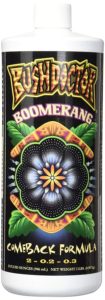
Micronutrients, Plant Defense
Bushdoctor Boomerang is a microbial-based formula that is particularly helpful for plants that are stressed from temperature fluctuations and mineral salt buildup, which are major issues we deal with here in the Phoenix area.
GETTING WOODCHIPS
If you have a large garden, you can ask landscapers or sign up for a load of wood chips from Getchipdrop.com or Abouttrees.com. Landscapers will be happy to drop it off free of charge, as they have to pay to have it dumped.
Lastly, always protect your soil. A three-inch layer of wood chips as mulch makes a huge difference to your soil health.
If you are container gardening or have a smaller garden, ask other gardeners in Facebook groups if they have any to spare. There are normally always a few people that have extra. Over time your soil should get better with each year as you continue to feed it.
A note on Soil pH
One of the most important tips we can share with you is the importance of checking your soil pH. Most veggies and flowers will be fine with a neutral to slightly acidic pH. Most trees prefer something a little more acid than neutral and some require a higher pH. Before planting, know the requirements of your plants. Often, if plants are showing signs of poor health, the pH needs to be adjusted.
Our favorite tool is a simple pH meter and moisture meter. We like one with a long probe which helps us to better examine soil conditions.
A Quick Fix
A quick fix for alkaline soils is the addition of soil sulfur, which is probably the best solution for large areas. It should be applied approximately 3 times per year. However, soil pH can also be amended with Cottonseed Meal or DTE Acid Mix.
PREPARING SOIL FOR SPECIFIC SITUATIONS
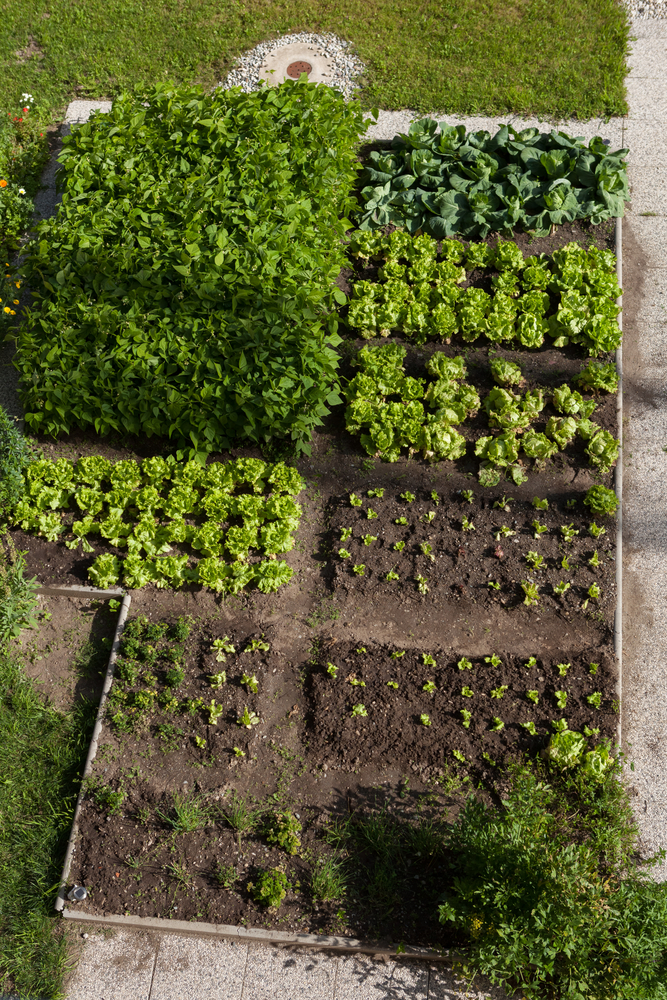
In-Ground Garden Beds
We are so excited to start here with our very first post on soil – we truly hope to influence some of your choices with this post – it comes from both our hearts and minds. Soil is the basis of gardening and an understanding of how soil works will bring success to any gardener, new or experienced.
Our aspiration is that this post helps you to better understand soil and why we feel so strongly about organic gardening. We hope to share with you the wonders of soil so you can learn to take exceptional care of your’s to be a more successful gardener. Ultimately, to shift the mindset away from the “instant gratification” but also the destruction of chemical, pesticide, and herbicide use. We also want you will be able to confidently tackle soil whether you are growing in a container, raised bed, or in-ground.
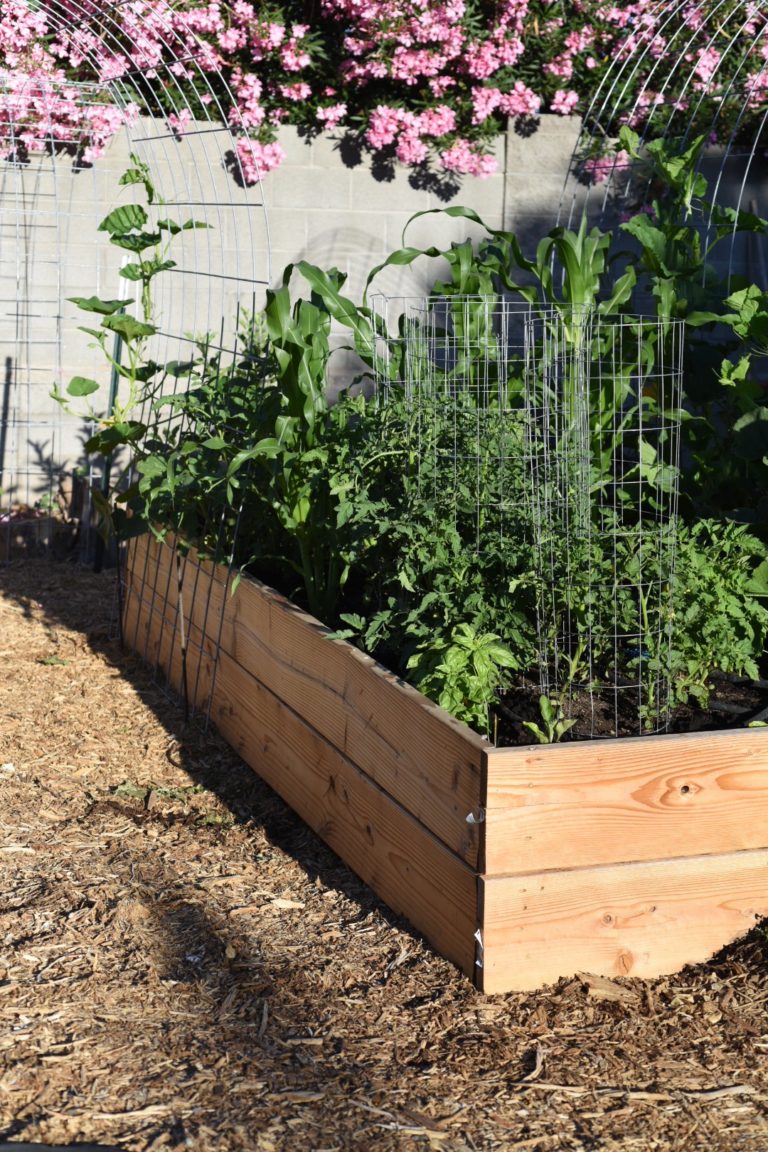
Raised Beds
Raised beds are a great way to the garden as well. Fill beds with 1/3 native clay, 1/3 organic gardening soil, and 1/3 organic compost.
Add in the other amendments previously mentioned and use a thick layer of mulch to keep moisture in the soil, roots cool, and soil life happy. Keep in mind, that the size of a raised bed matters here in Arizona, especially in the summer. The larger the box, generally the cooler the soil and the better the box conserves moisture.
Hugelkultur is a great permaculture technique for raised beds that helps build biodiverse soil and retain moisture. Simply stack logs, branches, and other biomass in the bottom of the bed, cover with soil, and plant. The logs and biomass gradually break down over time releasing nutrients that keep feeding the soil. The logs also soak up excess water and release it as the soil above dries out. It’s a good idea to soak excessively dry logs before putting them in the beds so they do not soak up all your water, stealing from the plants above.
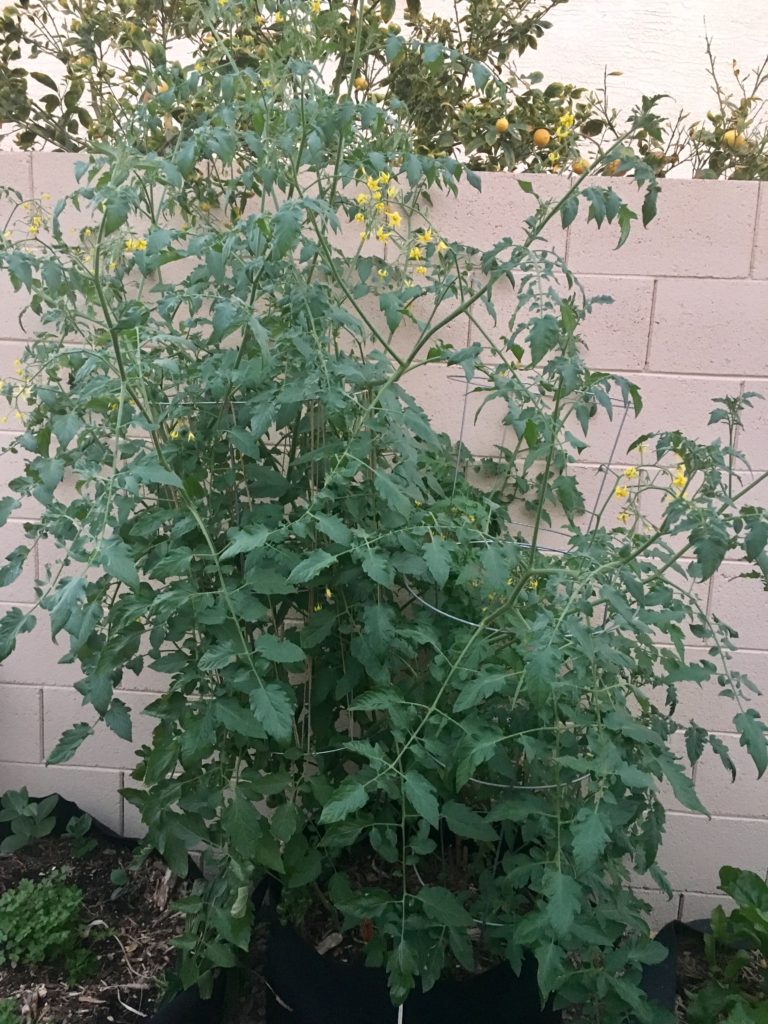
Container Gardening
A common complaint about using fabric bags in our climate is that they dry out too quickly. The native clay helps to hold onto moisture. As with the other gardening options, 1/3 each of native clay, compost, and this time potting soil, is recommended. Potting soil is better than gardening soil at retaining moisture. Garden soils can also become compacted in pots.
The key to container gardening in the low desert is to use the largest containers you can to keep plants, roots, and soil cooler in the brutal summer heat. We are big fans of the Big Bag Bed, which is a fabric bag that works as a raised bed would. Consider the large and medium sizes. Large resin pots and 30-gallon fabric pots work well too. It is absolutely vital to use native clay in pots.
PREPARING SOIL FOR SPECIFIC SITUATIONS
If you have been gardening in Arizona for a while or if you are new to gardening you will likely face this common low desert soil issue. Have you ever tried to dig a hole only to feel as though you have hit the concrete? That’s caliche! Caliche is formed when soil particles become cemented together by lime (calcium carbonate.) Our desert soils are very high in calcium carbonate. Caliche appears as a layer of light-colored clay that can be a few inches to several feet thick.
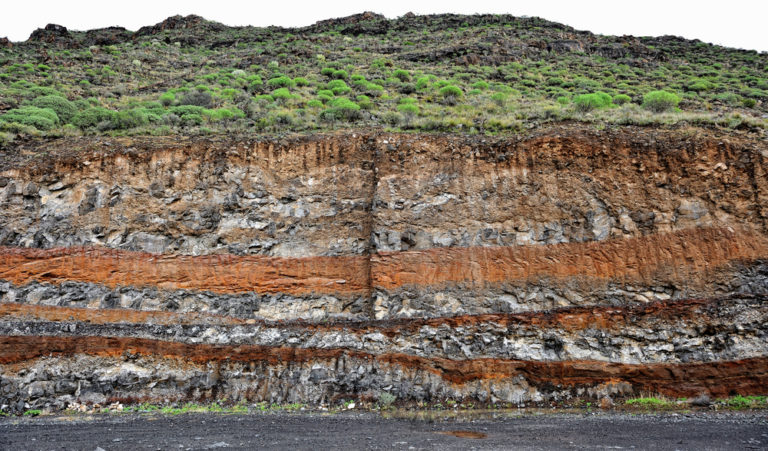
CALICHE CAUSES SEVERAL PROBLEMS FOR PLANTS
Roots cannot penetrate
Soil roots cannot penetrate this layer and the plant is restricted from reaching nutrients and water in deeper layers of the soil.
Water cannot penetrate
Water cannot penetrate, resulting in an area with poor drainage that means no aeration for roots and possible salt accumulation.
Iron is locked up
Iron is locked up because the pH in the area will be too high, making it unavailable to plants.
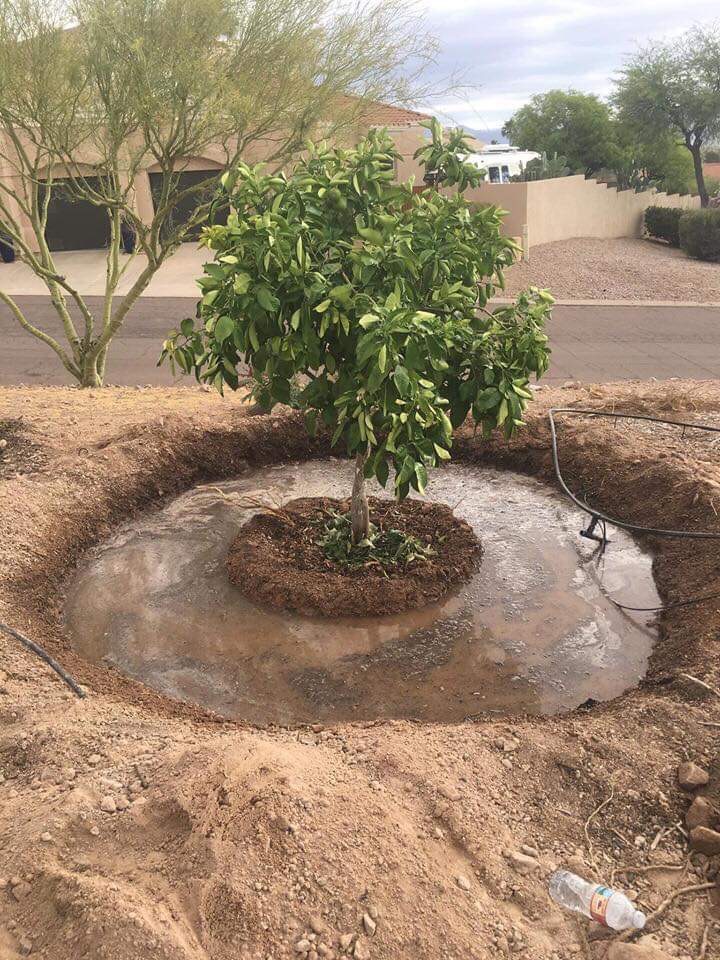
Digging a Proper Tree Hole
Keep in mind, that some plants and trees can be planted in native soil and do not need amendments in the planting holes unless you do have caliche situation. Citrus on Arizona sour orange rootstock, figs, pomegranates, and mulberries will not require any amendments in the planting holes. However, tropical fruit absolutely requires amended soil in planting holes to survive.
Read our in-depth guide to planting fruit trees in the low desert of Phoenix.


